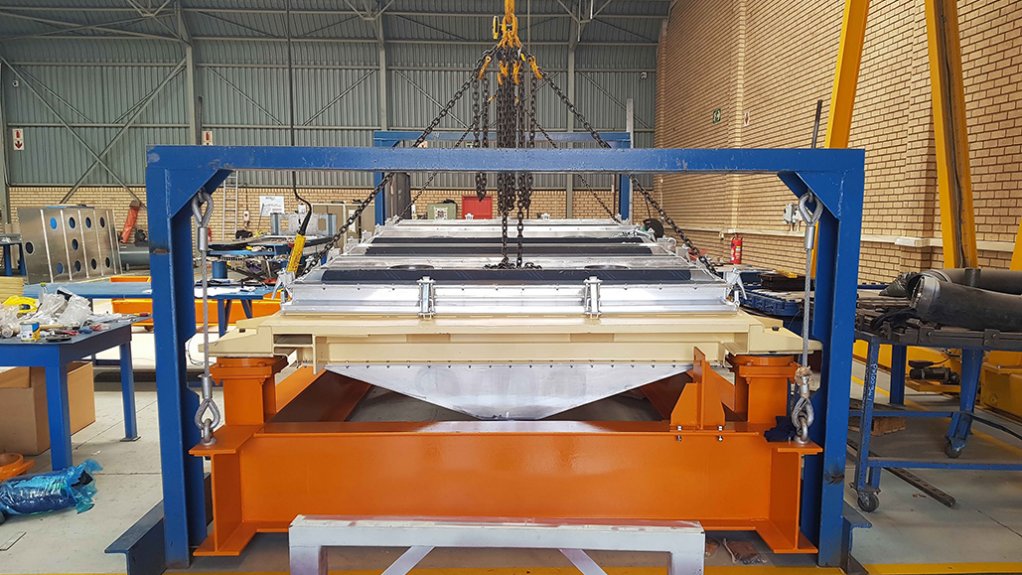The move towards a circular economy means that industry is required to recycle as much of its waste products as possible, and fit-for-purpose screening solutions are required for specific applications.
“Everyone wants to recycle more; it makes sense environmentally and it’s the right thing to do,” says Kwatani business development manager Warren Mann. “Recyclable waste is generally low value, however, so any recycling solution must have a highly cost effective strategy for separating different elements of the product.”
Mann highlights that, unlike most mined material, the shape and other characteristics of products that industry wants to recycle are often irregular and difficult to screen. Strands of copper wire or chips of rubber produced by a tyre shredder are varied in shape, size and consistency, making them more difficult to pass through a screening medium than aggregate stone or sand.
“This means that anyone wanting to screen industrial waste in a commercially sustainable way is unlikely to find an off-the-shelf screen design to do this,” he explains. “Detailed testing of material on different screens – or with a range of screening dynamics and parameters – is usually the only way to find a cost-effective solution.”
Most recycling demands an economy of scale, in which a sufficient volume of material can be effectively recycled to overcome the low margins of the final product.
“Kwatani has decades of experience in understanding customers’ screening needs, so we can design and manufacture a screen that is fit-for-purpose,” he says. “This expertise extends across a range of material and commodities – making us familiar with how different products respond to screening.”
Mann explains that a machine used to screen corrosive products such as crushed batteries would need to be built from specialised materials of construction, for example. There are also materials that tend to clog the screening surface, so a self-cleaning kit may be required.
“The testing we conduct will give recyclers valuable insights into how best to proceed, by avoiding the trial-and-error method that costs them more in terms of time, effort and resources,” he concludes.
EMAIL THIS ARTICLE SAVE THIS ARTICLE
To subscribe email subscriptions@creamermedia.co.za or click here
To advertise email advertising@creamermedia.co.za or click here













